Are you looking for the best exercises for longevity?
You are in the right place!
In this article, you will learn:
- The best exercises to promote long-term health and vitality,
- Tips on how to stay safe and healthy when working out, and
- Ideas for incorporating a longevity workout plan into your busy schedule.
Keep reading.
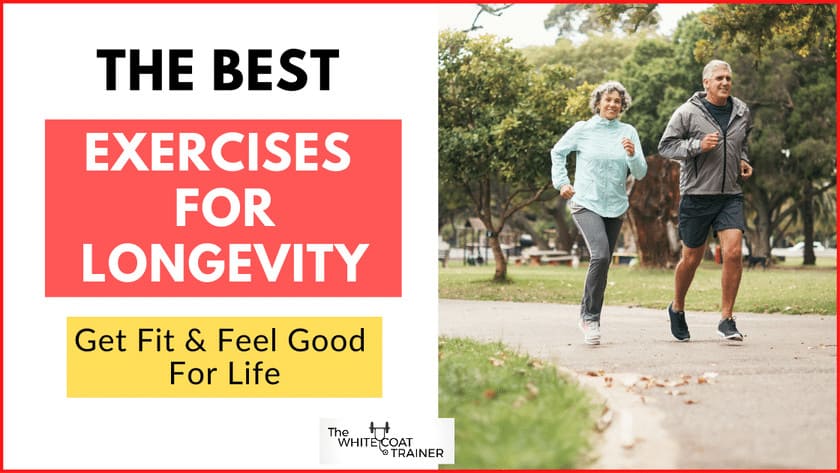

The Best Exercises For Longevity
There are three types of exercises that are beneficial for long-term health and vitality:
- Cardio Training (Aerobic and Anaerobic)
- Functional Strength Training
- Social Activities
Cardiovascular training is one of the most essential components of longevity.
Cardio keeps your heart healthy, makes your body more efficient at using oxygen, and reduces the risk of many chronic diseases.
However, it is most beneficial if you use the various forms of cardio to get the best results.
More on that later.
Next comes strength. There are longevity health benefits unique to functional strength training. First, strength training is essential for fighting against age-related muscle decline, aka sarcopenia.
Did you know that you lose 1% of your muscle mass per year after age 40? Believe it or not, you lose almost twice as much muscle strength in the same time frame.
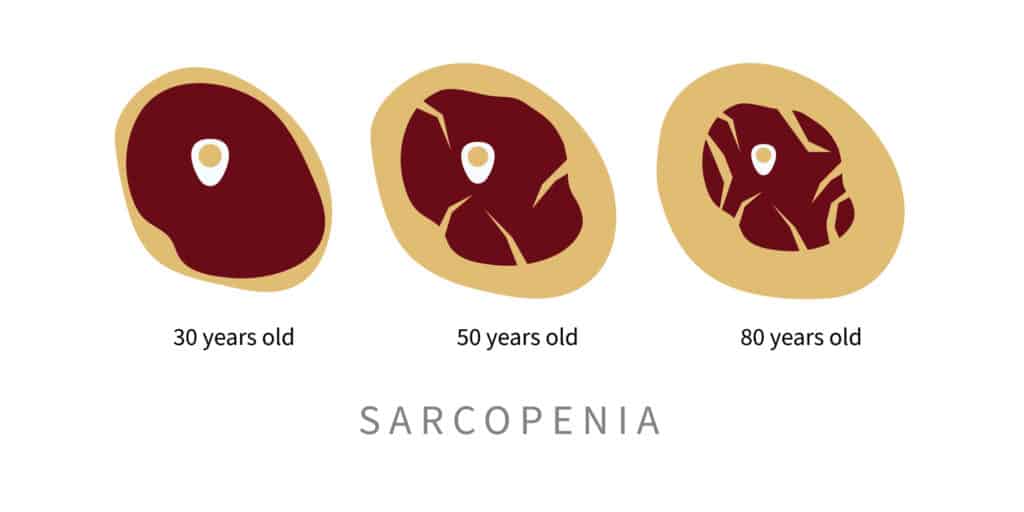

In addition, this type of training helps maintain bone density and protects you from injuries as you get older.
Finally, you should consider participating in activities that promote social engagement. Being connected with others helps us stay motivated and engaged in life. It also reduces stress and improves mood, which can boost life expectancy.
Activities could include joining team sports or spending time with friends or family.
In a few moments, I’ll review how much, what type, and when to do each exercise.
Will Doing These Types of Exercise Actually Help You Live Longer?
So will doing these types of exercises actually help you live longer?
Yes!
The benefits of staying active and fit are well-documented. Research shows that exercise can help reverse some of the effects of aging and preserve functional status in the elderly.
It is hard to say how much longer a person may live by following an exercise program, but the current data suggest that it can make a difference in your life span.
How Much Should You Do?
So how much exercise should you do to improve your longevity?
It’s hard to prescribe an optimal dose, but here are some excellent guidelines.
Two large studies found that doing anywhere from 150-300 minutes per week of moderate-intensity aerobic exercise can reduce the risk of premature death by as much as 21%.
Alternatively, 75-150 minutes of vigorous activity per week can be just as beneficial.
Do you have to start here?
Of course not.
You should tailor the amount and intensity of exercise to your individual fitness level.
Try to start with 30 minutes per day at a moderate level and gradually increase the amount over time.
You can also break up your workout into smaller, more manageable chunks.
Top 10 Anti-Aging Exercises
Now let’s go over the top 10 exercises to keep you young and healthy. I will also give guidelines on how often you should train for each activity.
Squats
Squats are a great exercise for improving the strength of your lower body and maintaining essential mobility. Anatomically, our bodies are designed to squat and to squat deep.
How else would you poop before the invention of toilets?
Unfortunately, we have lost this ability due to our sedentary lifestyles. It would be best if you practiced squatting on a regular basis to maintain a healthy quality of life.
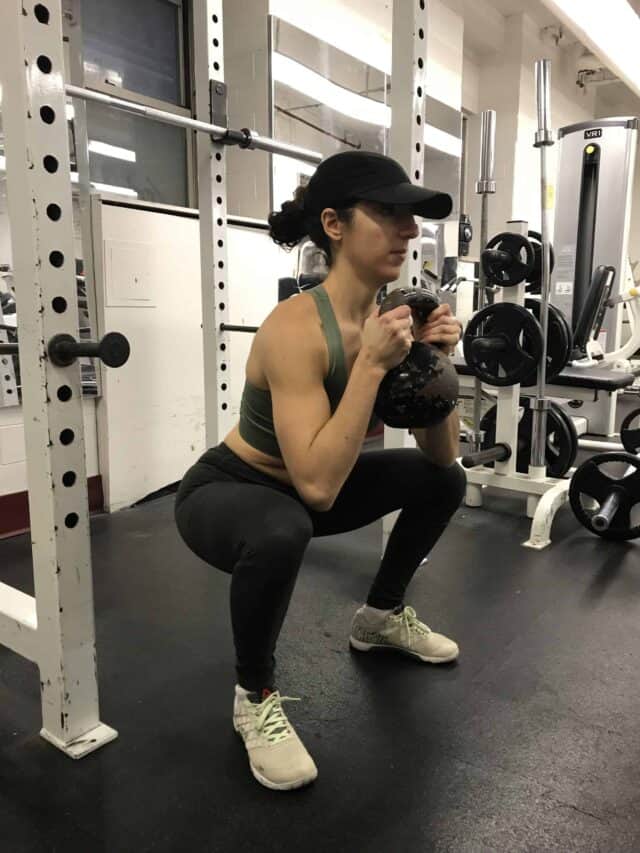

Push-ups
Push-ups are a tried and true bodyweight exercise that helps build strength in your upper body and core. The great thing about this exercise is that it can be modified to suit any fitness level. Plus, you can do it anywhere.
I go over several push-up regressions and progressions here.
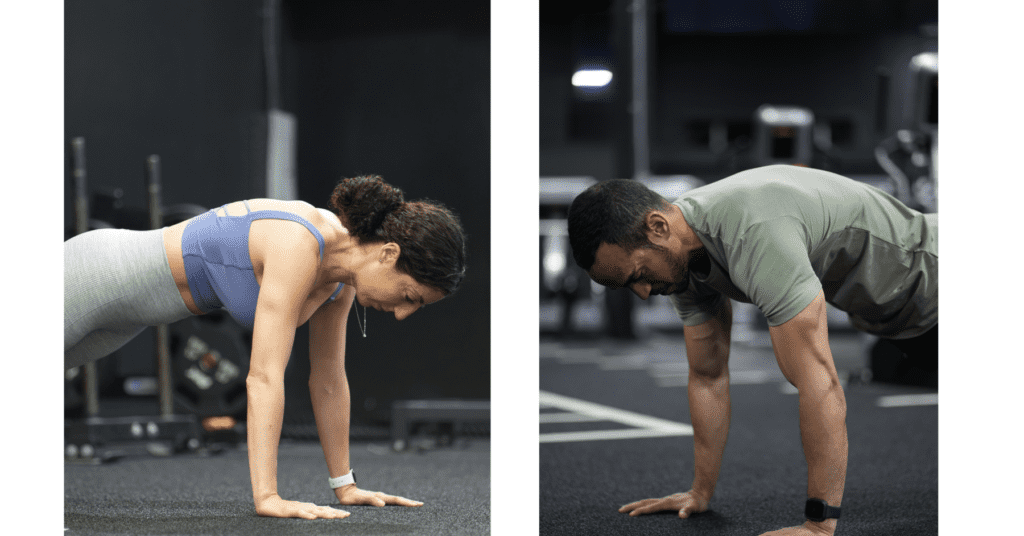

Lunges or Split Squats
Lunges are another excellent exercise to promote leg strength and mobility. Lunges target the glutes, hamstrings, and quadriceps muscles.
In addition, the lunge is a single-leg exercise. One of the primary benefits of single-leg movements is that they can help improve your balance and stability.
As such, you can use single-leg movements as your primary balance training method.
To increase the challenge of this exercise, you can wear a weight vest or hold a weight in each hand.
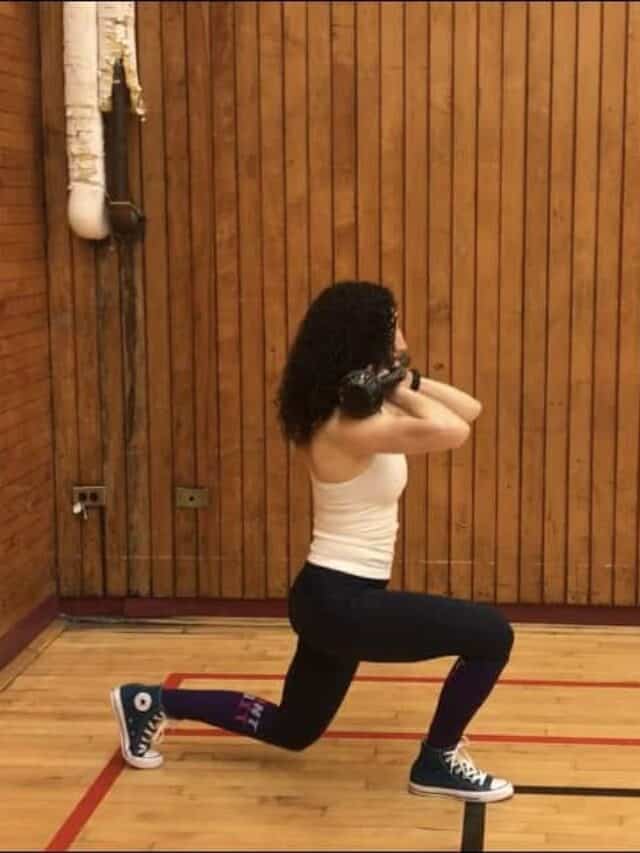

Pull-ups and Dead Hangs
The ability to hang from a bar and pull yourself up is essential to functional fitness. Even if you cannot perform a pull-up, dead hangs help build grip strength, shoulder mobility, and stability.
Believe it or not, grip strength is linked to longevity and is an indicator of overall health and fitness.
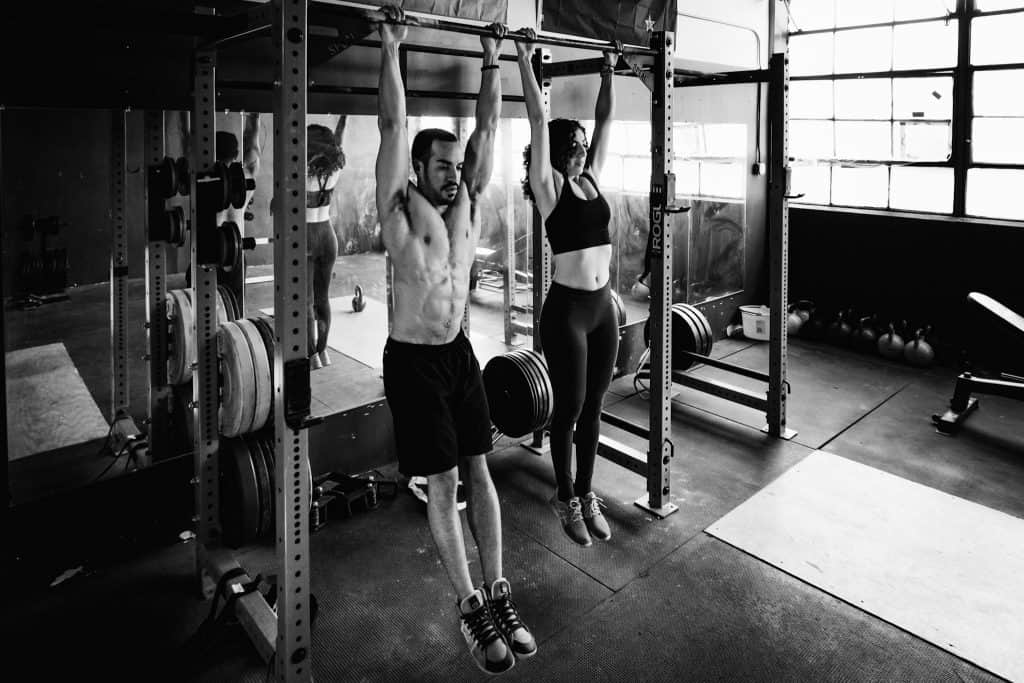

Deadlifts
Rounding out grip strength and functional fitness, deadlifts are another must-have exercise for fitness.
This compound movement teaches a vital skill- the ability to lift something from the ground with proper form.
The deadlift can help strengthen your back, core, and legs and improve coordination.
Of note, you do not have to use a barbell deadlift to benefit from this exercise. You can do many variations with dumbbells, kettlebells, or resistance bands.
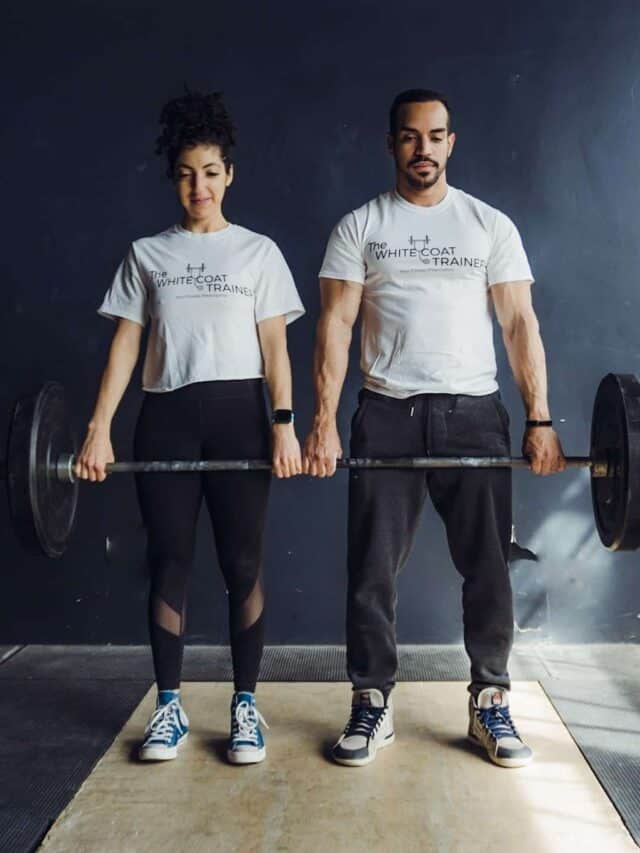

Machine Cable Rows
The last essential strength exercise is the row. The average person has significantly weaker back muscles compared to their front.
The row helps to even out these imbalances and may help reduce the risk of shoulder injuries.
The cable machine is an excellent choice for this exercise as it allows you to perform it safely and comfortably while providing constant tension throughout the entire range of motion.
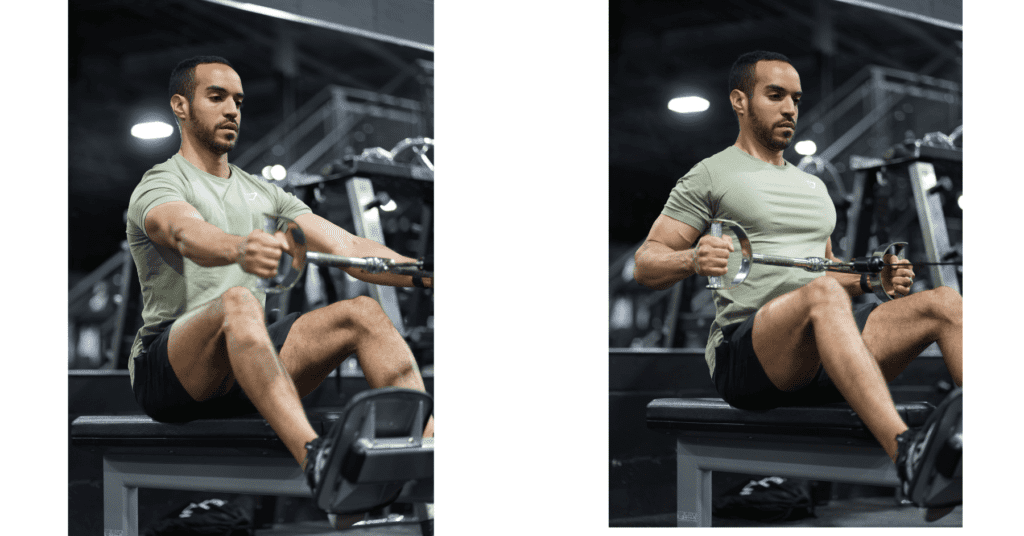

Core Stability
A strong core is essential for trunk stability, balance, posture, and injury prevention.
The key is to perform core stability rather than core mobility exercises. In other words, you want to focus on exercises that challenge your core in a static position.
Examples of excellent core stability exercises include planks, side planks, and bird dogs.
These exercises do not require special equipment and can be done anywhere with minimal space.
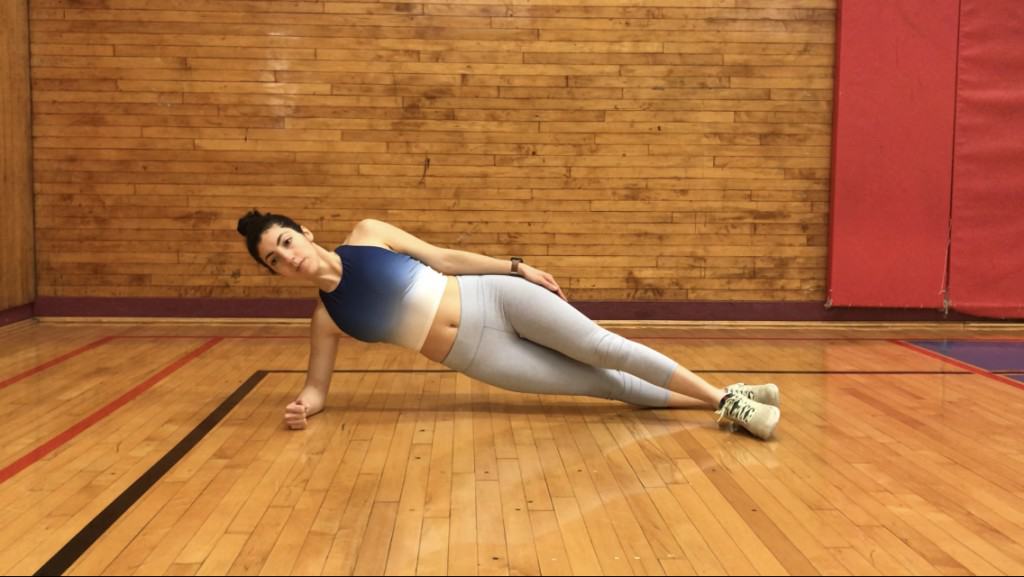

Aerobic Training
Aerobic exercises should be an essential part of any longevity-focused fitness routine.
The actual aerobic activity you choose is up to you.
You could run, cycle, swim, or use an elliptical.
The key is to get your heart rate up and then maintain that level for at least 20-30 minutes.
To be more specific, you should aim to do Zone 2 cardio, in which you maintain an effort level of around 60-70% of your maximum heart rate.
(Max Heart Rate = 220 minus your age).
If you want to avoid measuring your heart rate, you can use the talk test, in which you should not be able to carry on a full conversation during your workout.
Anaerobic Training
Anaerobic training is a form of exercise that requires short periods of intense physical activity. Unlike aerobic exercise, anaerobic training does not rely on oxygen for energy production. During these high-intensity exercises, the body’s oxygen demand exceeds the supply delivered to the muscles.
Examples of anaerobic training include sprinting, plyometrics, high intensity interval training (HIIT), and circuit training.
Anaerobic training is essential because it helps increase muscular force production, cardiovascular fitness, and athletic performance.
Mobility Training
Finally, no fitness routine is complete without some form of mobility or stretching. Mobility exercises can help improve your range of motion, reduce the risk of injury, and increase functional fitness.
Examples include foam rolling, dynamic stretching, self-myofascial release, and joint-mobilization exercises.
Here are some of my favorite mobility exercises (which can also serve as your warm-up).
Last but not least,
Bonus: The Best Exercise For Overall Health
The best exercise for overall health and fitness is walking.
Walking is the most fundamental form of exercise that we have been doing since the beginning of time.
It is low-impact, does not require any special equipment, and has the potential to improve your health in myriad ways.
The best part is you can do it anywhere, anytime.
If you could only do one exercise, let it be walking. At the minimum, aim for a daily step count of 5,000-7,000 steps.
Putting It All Together
It is possible to create an exercise routine incorporating some elements of these different types of exercises.
The key is to find something that works for you and your lifestyle and then create a plan to help you reach your fitness goals.
You could even do separate blocks that focus on two to three primary goals at a time.
For example, you can do four to six weeks of training focused on strength, mobility, and aerobic training. Then, switch it up and focus on strength, core stability, and anaerobic conditioning.
Remember, the only way to achieve long-term success with your fitness routine is to find something you enjoy and can stick with for the duration of your life.
Consistency is more important than intensity.
Take some time to experiment, explore and discover what works best for you!
Sample Longevity Routine
- Monday: 30 minutes of functional strength, 15 minutes of mobility
- Tuesday: 30 minutes of Zone 2 aerobic training
- Wednesday: Social time with friends and family
- Thursday: 30 minutes of functional strength, 15 minutes of mobility
- Friday: 15 minutes of anaerobic training, 15 minutes of core stability training
- Saturday: 30 minutes of functional strength, 15 minutes of Zone 2 aerobic training
- Sunday: Off
Why Exercising Matters for Longevity
Exercising is vital for longevity because it helps keep your body functional and slows the aging process.
In other words, If you don’t use it, you lose it.
In addition, regular exercise reduces your risk of developing chronic health conditions such as type 2 diabetes, heart aka, cardiovascular disease, and obesity. It also improves mental health and cognitive function, which can also increase your risk of premature death.
Are There Any Exercises to Avoid?
Now that we have spoken about the best types of exercises you should do for longevity, let’s talk about those to avoid.
First and foremost, you should avoid any exercise that causes pain or discomfort. If you cannot perform a specific movement pattern safely, you should find a safer alternative.
Secondly, it is best to avoid lifting heavy weights with maximum loads, especially in old age. It is okay to use heavy loads once in a while, but if long-term health is your goal, moderate weight is plenty.
Lastly, avoiding EXCESSIVE amounts of repetitive high-impact exercises like running and jumping might be beneficial. These exercises can be hard on your joints and lead to unnecessary wear and tear. Low-impact alternatives such as swimming, brisk walking, or cycling are great options for an aerobic workout.
Nutrition and Lifestyle Habits That May Also Impact Health and Vitality
Nutrition habits also play a major role in long-term health and well-being.
The key is not to be overly restrictive and to try your best to eat a balanced diet. Ideally, a healthy diet includes a variety of nutrient-dense whole foods, such as fruits and vegetables, lean protein, whole grains, and healthy fats.
Everyone is unique, so finding the eating pattern that works best for you is important.
I discuss the best foods for heart health and brain health here.
Furthermore, other healthy lifestyle habits are essential for longevity, such as:
- getting 7-9 hours of quality sleep each night,
- managing stress levels,
- making time for relaxation activities,
- creating social bonds
- limiting alcohol intake and
- avoiding smoking and other drug use
The bottom line is that physical exercise is just one piece of the puzzle when it comes to longevity. Eating a balanced diet and making time for yourself are also necessary ingredients for living a long and healthy life.
Achieving A Long Life
Exercise is crucial for health and longevity.
To get the maximum benefit, you should include:
- Resistance training,
- Mobility,
- Aerobic and anaerobic conditioning
Additionally, nutrition habits and lifestyle habits can also have an impact on living a longer life.
Now I want to hear from you.
What is your favorite type of exercise for longevity?
What is your primary reason for wanting to decrease your risk of death?
Leave a comment and let me know.


Alex Robles, MD, CPT / Brittany Robles, MD, MPH, CPT
Alex & Brittany Robles are physicians, NASM Certified Personal Trainers, and founders of The White Coat Trainer: a resource dedicated to improving the health and fitness of busy professionals using time-efficient strategies. Their advice has been featured in My Fitness Pal, Prevention, Livestrong, Reader’s Digest, Bustle, The Active Times, and more. Learn more about them here.
References:
1. Pedersen BK. Which type of exercise keeps you young? Curr Opin Clin Nutr Metab Care. 2019 Mar;22(2):167-173. doi: 10.1097/MCO.0000000000000546. PMID: 30640736.
2. Kannan VD, Veazie PJ. US trends in social isolation, social engagement, and companionship ⎯ nationally and by age, sex, race/ethnicity, family income, and work hours, 2003-2020. SSM Popul Health. 2022 Dec 25;21:101331. doi: 10.1016/j.ssmph.2022.101331. PMID: 36618547; PMCID: PMC9811250.
3. Gremeaux V, Gayda M, Lepers R, Sosner P, Juneau M, Nigam A. Exercise and longevity. Maturitas. 2012 Dec;73(4):312-7. doi: 10.1016/j.maturitas.2012.09.012. Epub 2012 Oct 11. PMID: 23063021.

